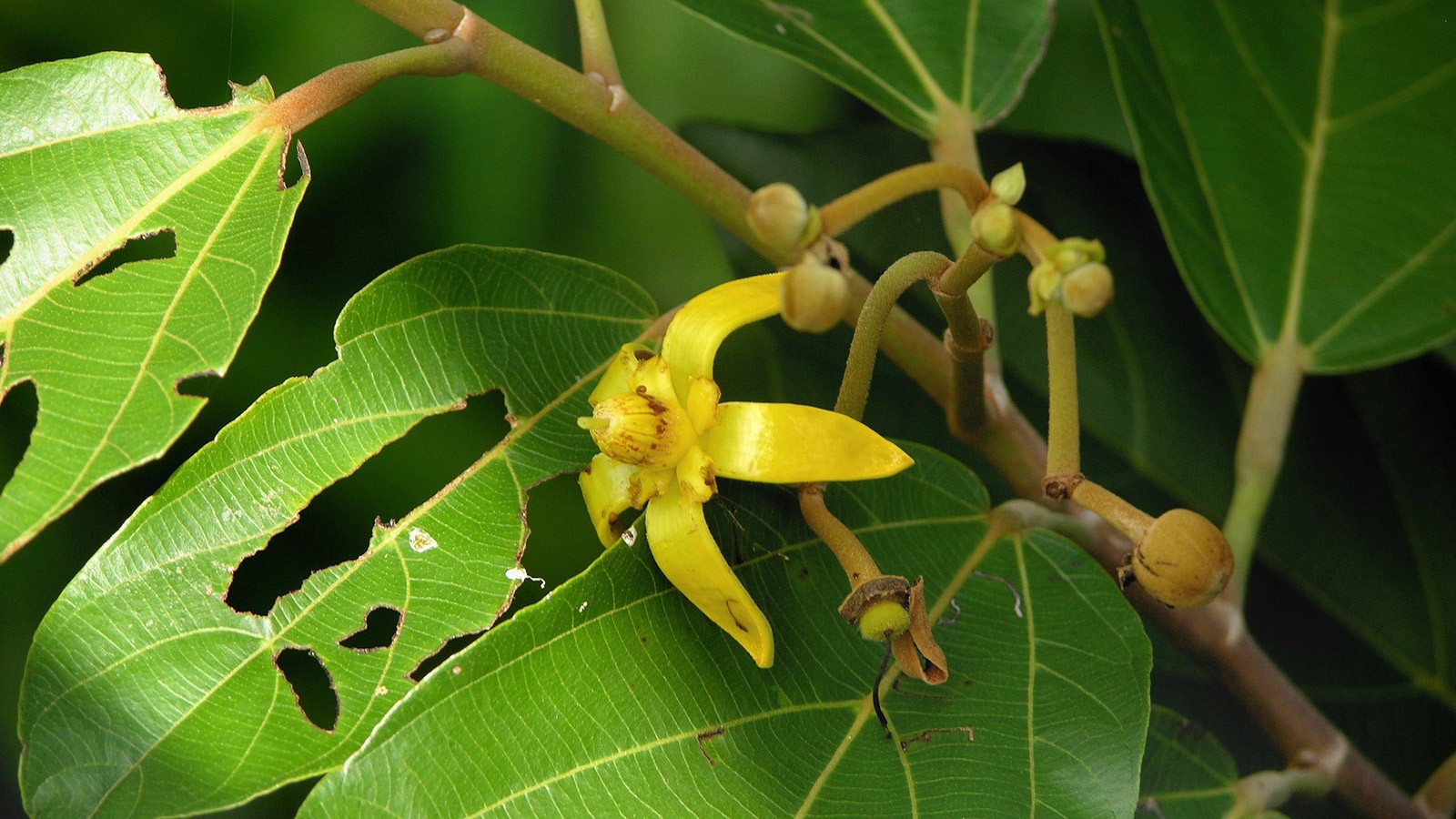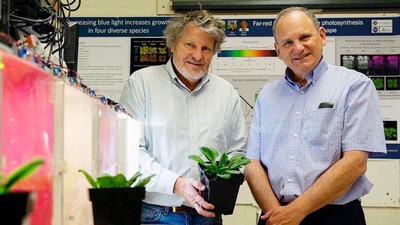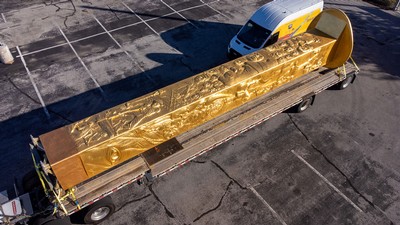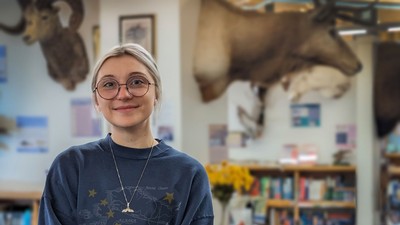Not Falling Far from Tree: USU Ecologist Studies Seed-to-Seedling Transitions
By Mary-Ann Muffoletto |
USU ecologist Noelle Beckman, assistant professor in the Department of Biology and the USU Ecology Center, studied spatial characteristics of 24 tree species in a Smithsonian Tropical Research Institute Forest Dynamics Plot in Panama. M. Muffoletto.
Why are there so many species of plants? Why do some plants thrive, while others don’t?
Utah State University ecologist Noelle Beckman and colleagues Philippe Marchand of the University of Quebec, Liza Comita of Yale University, Joseph Wright of the Smithsonian Tropical Research Institute in Panama, Richard Condit of Chicago’s Field Museum of Natural History and internationally renowned ecologist Stephen P. Hubbell of the University of California, Los Angeles, explore these questions and recently published findings about seed-to-seedling transitions in the journal Ecology.
The team’s research is supported by the Smithsonian Institution and the National Science Foundation.
The researchers studied spatial characteristics of 24 tree species from data collected at the STRI’s Forest Dynamics Plot on Barro Colorado Island [https://stri.si.edu/visit/barro-colorado], located in the man-made Gatun Lake in the Panama Canal.
“Patterns of seed dispersal and seed mortality influence the spatial structure of plant populations and the local coexistence of competing species,” says Beckman, assistant professor in USU’s Department of Biology and the USU Ecology Center. “Most seeds are dispersed close to the parent tree, where mortality is also expected to be the highest, due to competition with siblings or the attraction of natural enemies.”
Distance-dependent mortality in the seed-to-seedling transition is often observed in tropical forests, she says, but few studies have closely studied survival-distance curves.
For this study, Beckman and colleagues examined spatial patterns of seeds and surviving seedlings.
“The resulting spatial patterns can tell us something about the mechanisms creating these patterns and the potential for those mechanisms to allow different plant species to exist,” she says.
The Janzen-Connell hypothesis, for example, is a widely tested explanation that suggests host-specific herbivores, pathogens and other natural enemies make areas near a parent tree inhospitable for seedling survival, resulting in more regular spacing of plants.
“This mechanism can allow species to coexist,” Beckman says. “However, seed densities can be a lot higher underneath parent trees than farther away. Hence, even if a large fraction of seeds is killed by natural enemies, a large number of seedlings may survive under the tree compared to far away.”
This spatial pattern of seed dispersal and surviving seedlings, she says, is called the Hubbell pattern (an ecology pattern described by Beckman’s UCLA co-author.)
“It suggests the strength of mortality experienced from the seed to seedling stage may not be sufficient to promote local diversity,” Beckman says.
Close-up of a monkey comb tree, Apeiba membranacea, in Panama. USU ecologist Noelle Beckman and colleagues published findings about 24 tropical tree species in the journal 'Ecology.' Courtesy Steven Paton, Smithsonian Tropical Research Institute.
WRITER
Mary-Ann Muffoletto
Public Relations Specialist
College of Science
435-797-3517
maryann.muffoletto@usu.edu
CONTACT
Noelle Beckman
Associate Professor
Department of Biology and USU Ecology Center
435-797-4115
noelle.beckman@usu.edu
ADDITIONAL RESOURCES
TOPICS
Research 881stories Plants 190stories Ecology 173stories Biology 166stories Ecosystems 129storiesComments and questions regarding this article may be directed to the contact person listed on this page.









